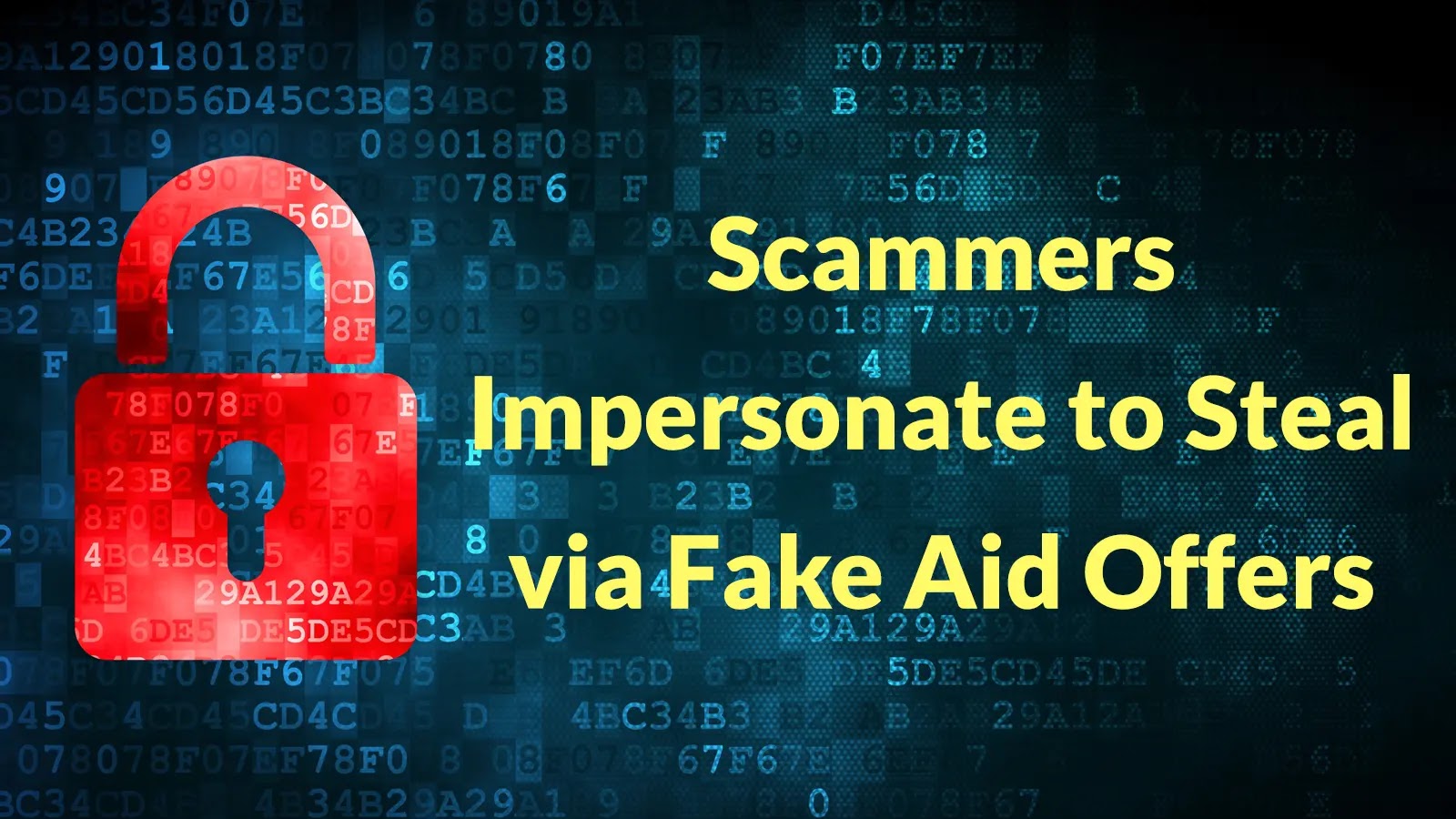In a recent escalation of cyber warfare, the Ukraine defense sector has become the target of a sophisticated cyberattack orchestrated using the Dark Crystal Remote Access Trojan (RAT). This malicious software, known for its stealth and efficiency, poses a significant threat to national security by infiltrating sensitive defense systems and exfiltrating critical data.
The Dark Crystal RAT, an advanced tool in the arsenal of cybercriminals, allows for comprehensive control over infected systems. It enables attackers to execute commands, capture screenshots, log keystrokes, and steal files, making it a formidable weapon in cyber espionage. This attack on Ukraine’s defense infrastructure highlights the increasing use of RATs in state-sponsored cyber operations aimed at undermining national security.
Experts suggest that the attackers likely exploited vulnerabilities within the defense sector’s IT infrastructure, gaining unauthorized access to confidential information. Such breaches often involve sophisticated phishing campaigns or the exploitation of zero-day vulnerabilities, underscoring the need for robust cybersecurity measures.
The consequences of this breach are far-reaching, impacting not only the security of Ukraine but also its international defense collaborations. Compromised systems can lead to the unauthorized disclosure of military strategies, weaponry specifications, and other sensitive data, potentially altering the balance of power in the region.
In response, Ukraine’s cybersecurity agencies are working tirelessly to contain the breach and mitigate further damage. Immediate measures include isolating infected systems, conducting thorough forensic analyses, and implementing enhanced security protocols to prevent future intrusions.
This incident serves as a stark reminder of the persistent threat posed by cyberattacks in the modern geopolitical landscape. As nations increasingly rely on digital infrastructures for defense and intelligence, the importance of cybersecurity cannot be overstated. Investing in cutting-edge technologies and fostering international collaborations are crucial steps in safeguarding against such threats.
Furthermore, this attack underscores the need for continuous vigilance and proactive defense strategies. Organizations within critical sectors must prioritize cybersecurity training for personnel, regularly update their systems, and conduct rigorous vulnerability assessments to identify and address potential weaknesses.
The Dark Crystal RAT attack on Ukraine’s defense sector is a clarion call for enhanced cybersecurity measures across the globe. As cyber threats become more sophisticated, nations must adapt and evolve their defenses to protect against the ever-present danger posed by state-sponsored cybercrime.



